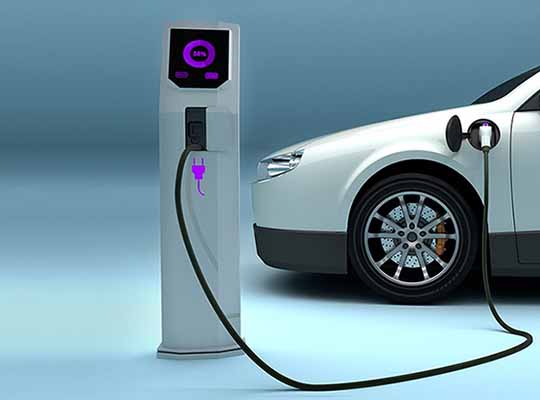PALO ALTO, Calif. – Increasing electric vehicle (EV) use in Canada’s passenger fleet and decarbonizing the country’s electric sector could provide substantial and cost-effective greenhouse gas (GHG) emissions reductions, according to the Electric Power Research Institute’s (EPRI’s) newly released Canadian National Electrification Assessment.
The independent study investigates GHG reduction pathways to accelerate more sustainable energy systems and enable net-zero emissions by 2050. In addition to advancing electrification and reducing the electric sector’s carbon intensity, the assessment spotlights energy efficiency and carbon capture and storage (CCS) as potentially impactful pathways.
The analysis focused on three policy scenarios ranging from a continuation of current federal and provincial policies and incentives to one in which each province achieves net-zero economy-wide CO2 emissions by 2050. The pace and extent of electricity demand growth ranges from 29 percent to 51 percent above current levels by 2050 across the scenarios.
According to the study, passenger vehicle electrification offers the greatest potential to cost-effectively reduce CO2, along with industry and building electrification. The findings indicate cross-sector electrification would help drive economy-wide CO2 emissions 47 percent to 80 percent below 2005 levels by 2050, with additional reductions from CCS and low-carbon fuel use, among other efforts.
“Electrification is the single biggest piece of Canada’s carbon reduction puzzle,” said Rob Chapman, senior vice president for Energy Delivery and Customer Solutions at EPRI. “Achieving a common purpose – enabling a cleaner, more efficient Canada – will depend on aligning decision-making around innovation priorities at the local, provincial, and federal levels.”
Among other study findings:
- Electric sector emissions decline in all scenarios. Carbon emissions in the Canadian power sector have exhibited sharp declines in recent years, leading to one of the lowest global emissions intensities and making electricity only 12 percent of energy-related emissions in 2018. These declines continue across all three scenarios, especially those with more ambitious economy-wide CO2 reduction targets.
- Electrification and efficiency can reduce consumers’ total energy costs, keeping energy costs at or below current levels as services and economic activity grow. When paired with other cost-effective decarbonization strategies, these pathways can lower emissions and energy, while increasing economic growth, prosperity, and well-being.
Increasing societal dependence on electricity through Canada’s clean energy transition presents opportunities and challenges for electric sector planning and operations, including increased peak demand, more flexible loads, higher winter peaks, and other changes which may affect reliability and resilience. Current emissions reductions initiatives at federal, provincial, territorial, and municipal levels have increased decarbonization ambitions and fostered discussions on how to respond to these changes.
This latest study builds on EPRI’s Efficient Electrification Initiative, which explores electrification in the context of broader energy systems, analyzing customer value, social benefits, and the technical aspects of using electric end-use technologies. This holistic perspective illustrates pathways to achieving ambitious decarbonization goals.













